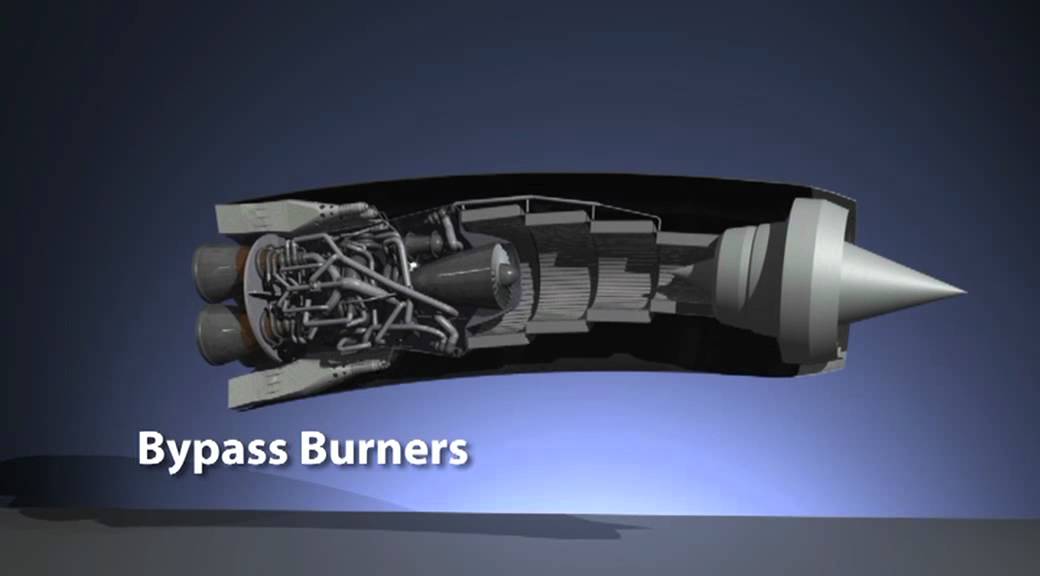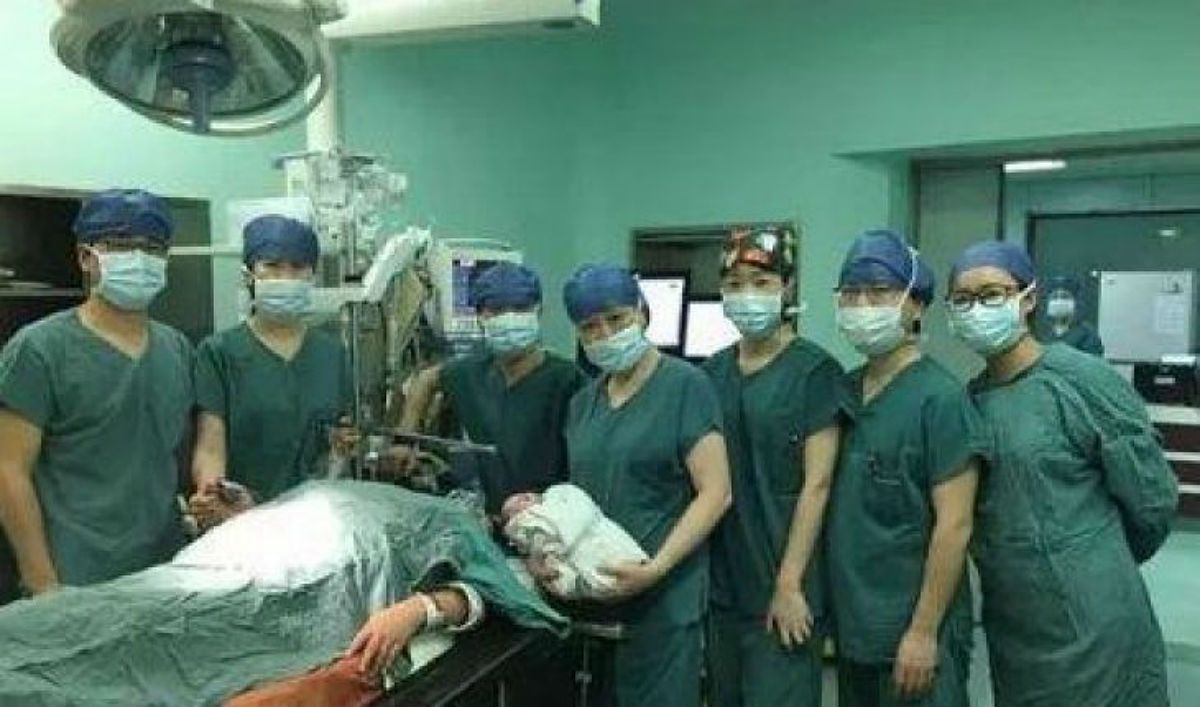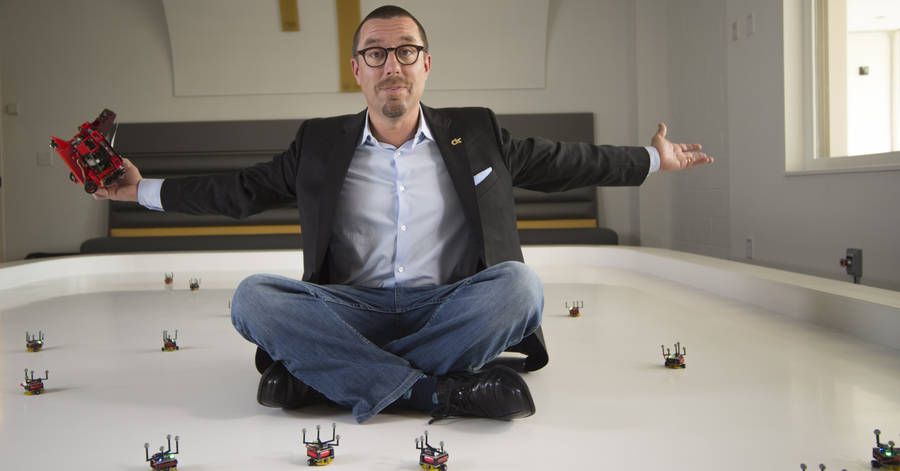Aug 20, 2017
Forever Labs preserves young stem cells to prevent your older self from aging
Posted by Shailesh Prasad in categories: biotech/medical, life extension
Forever Labs, a startup in Y Combinator’s latest batch, is preserving adult stem cells with the aim to help you live longer and healthier.
Stem cells have the potential to become any type of cell needed in the body. It’s very helpful to have younger stem cells from your own body on hand should you ever need some type of medical intervention, like a bone marrow transplant as the risk of rejection is greatly reduced when the cells are yours.
Mark Katakowski spent the last 15 years studying stem cells. What he found is that not only do we have less of them the older we get, but they also lose their function as we age. So, he and his co-founders Edward Cibor and Steve Clausnitzer started looking at how to bank them while they were young.
Continue reading “Forever Labs preserves young stem cells to prevent your older self from aging” »

















